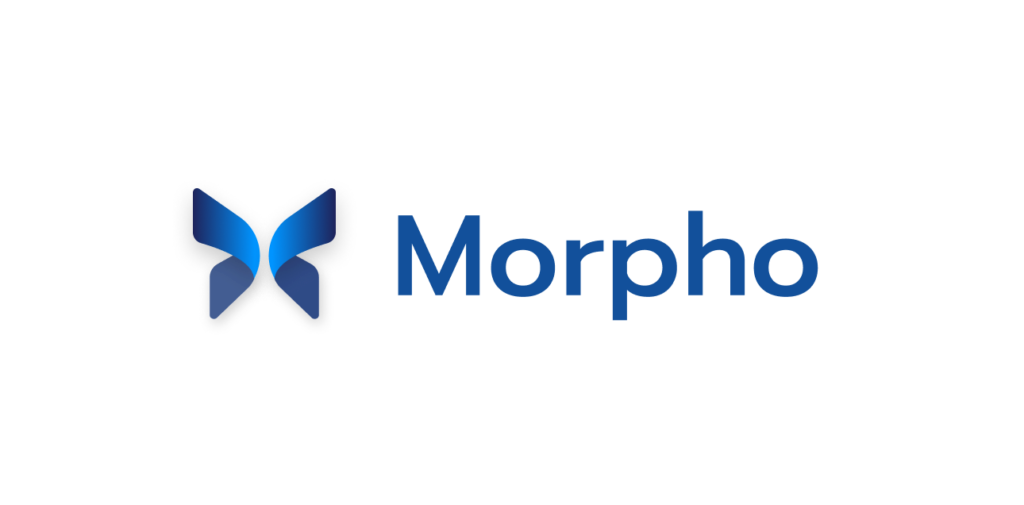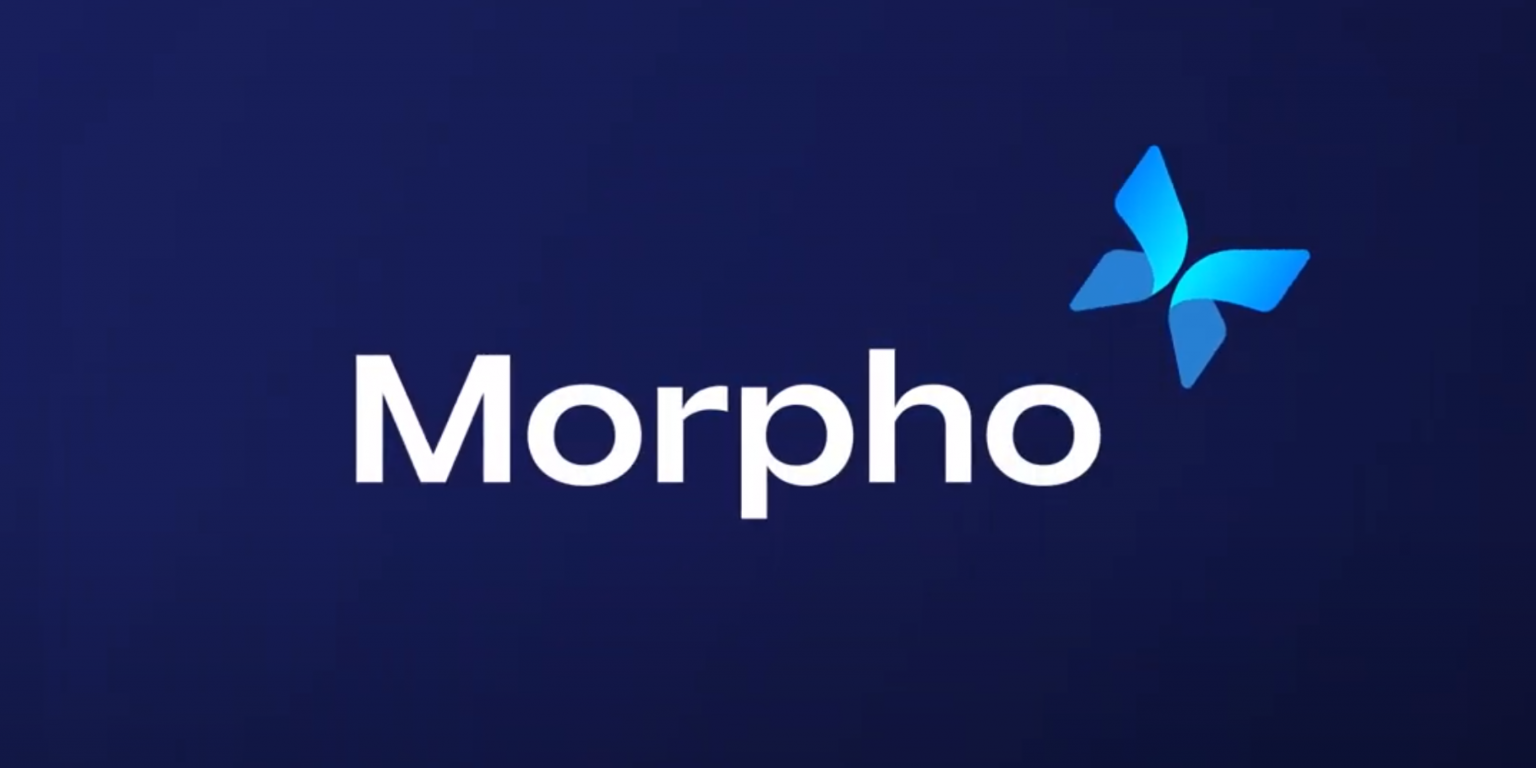In a world where decentralized finance (DeFi) is rapidly evolving, Morpho emerges as an intriguing player. This young protocol aims to transform cryptocurrency borrowing and lending by addressing the inefficiencies of traditional models. But what makes this project unique in this jungle of protocols?
The Essence of Morpho
Morpho is an innovative DeFi protocol that focuses on cryptocurrency lending and borrowing. But what does that really mean? In simple terms, it allows users to lend their digital assets to others, while optimizing returns for lenders and reducing costs for borrowers.
Definition of Morpho
This protocol operates on a unique model. Unlike traditional systems like Aave or Compound, where users deposit their cryptocurrencies into large pools, Morpho establishes a direct link between lenders and borrowers. This helps to offer fairer interest rates. Why is this important? Because it reduces the disparity between lender returns and borrower costs.
Optimizing Lender Returns
Lenders can expect higher returns thanks to this direct approach.
- The protocol currently manages approximately $400 million in capitalization.
- It has even reached a diluted capitalization of $1.7 billion.
Reducing Borrowing Costs
For borrowers, Morpho offers more competitive interest rates. For example, while Aave may offer a 3.5% return on DAI loans, borrowers may end up paying up to 7%. Thanks to Morpho, this difference is mitigated, which is a considerable advantage.

Comparison of Morpho with Other Protocols
Analysis of Respective Capitalizations
Morpho, although it is an emerging protocol, shows a market capitalization of $400 million. In comparison, Aave dominates the market with $3 billion, while Compound is at $430 million. This raises a question: how can a protocol with such a capitalization compete with established giants?
TVL of Assets Lent on Different Protocols
Total Value Locked (TVL) is a key indicator in the DeFi world. It has managed to lock $4.8 billion, of which 50% comes from active loans. In comparison, Aave and Compound respectively display 30% and 25% of their TVL in loans. This shows that Morpho uses its capital more efficiently.
Capital Efficiency Between Morpho and Its Competitors
Capital management is crucial. Morpho deploys more efficient management than its competitors. While fees relative to market capitalization are similar, it stands out for its direct lending model. This helps to reduce costs and optimize returns for users.
In short, even with a lower TVL, Morpho demonstrates an ability to use its capital more judiciously than its peers. This could well be the key to its future success in the DeFi ecosystem.
Integration with Coinbase
Morpho recently took a significant step by integrating with Coinbase. This collaboration offers users the ability to borrow directly with their Bitcoin. But how exactly does this work?
How Morpho Facilitates Borrowing on Coinbase
Through this integration, it establishes a direct link between lenders and borrowers. Unlike traditional models, where users deposit their cryptocurrencies into large pools, it allows for a unified interest rate. This means borrowers can benefit from more favorable conditions.
Impact of Coinbase’s Millions of Users on Morpho
With millions of active users, Coinbase represents a huge opportunity for this project. This platform attracts not only cash flows but also significant investments. As a result, the reach of the Morpho protocol is expanding considerably.
Growth of TVL Thanks to This Integration
The collaboration with Coinbase also has a direct impact on the growth of Morpho’s Total Value Locked (TVL). By facilitating access to loans, he sees its TVL increase. This strengthens its position in the DeFi market, competing with giants like Aave and Compound.
Morpho: Future Perspectives
Morpho is positioning itself as a key emerging player in the DeFi field. This innovative protocol, focused on cryptocurrency lending and borrowing, has already managed billions of dollars. But what are the development prospects for Morpho? And what challenges does it have to overcome?
First of all, it is essential to emphasize that it aspires to become the infrastructure for DeFi. By establishing a direct link between lenders and borrowers, it reduces costs and optimizes returns. This represents a real opportunity in a constantly evolving market.
However, challenges remain. Competition with giants like Aave and Compound is strong. The project must continue to innovate and strengthen its governance to ensure its growth. Risk management, for example, is crucial. With its unique pre-liquidation mechanism, he shows that it takes this issue seriously.



